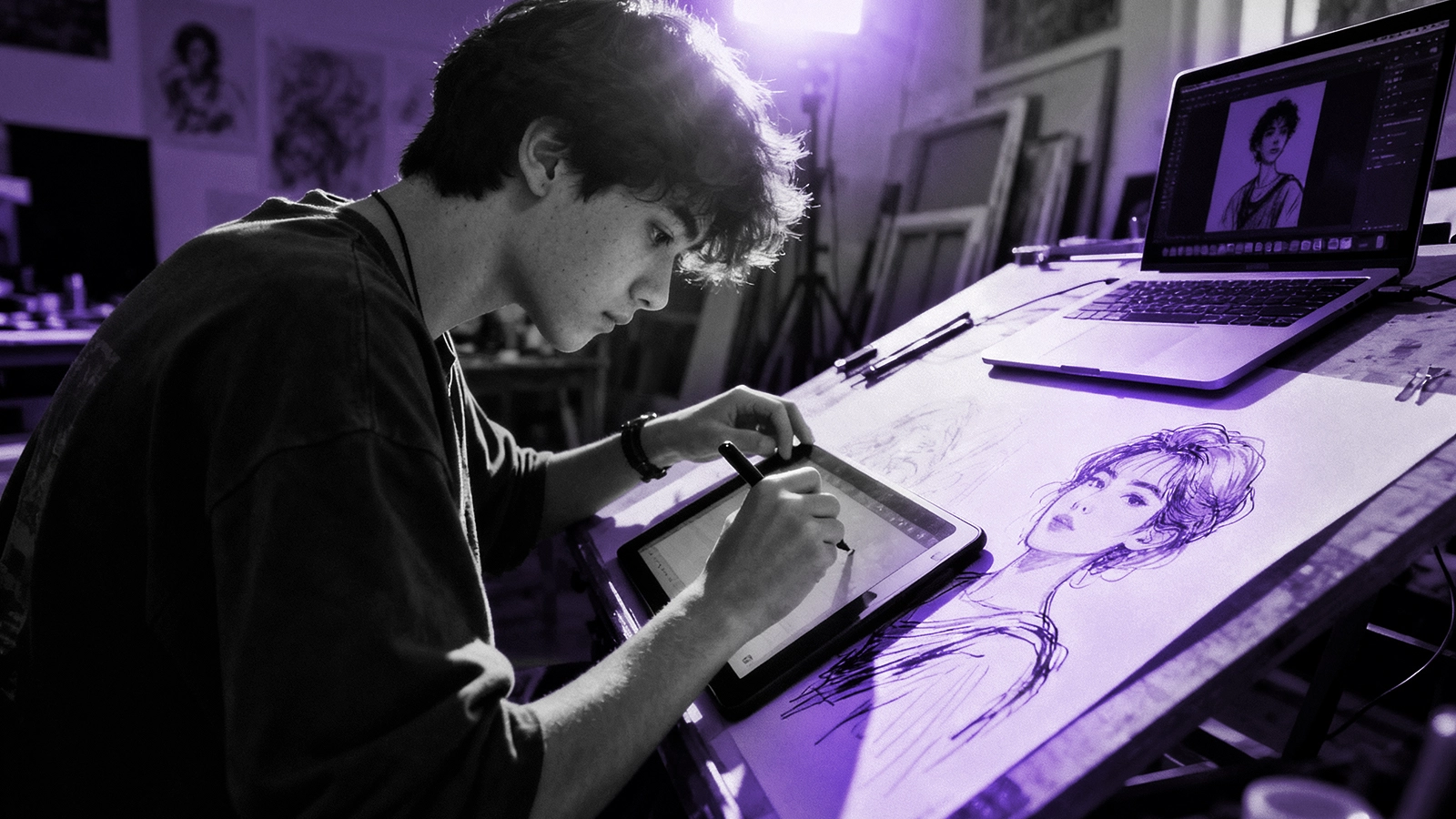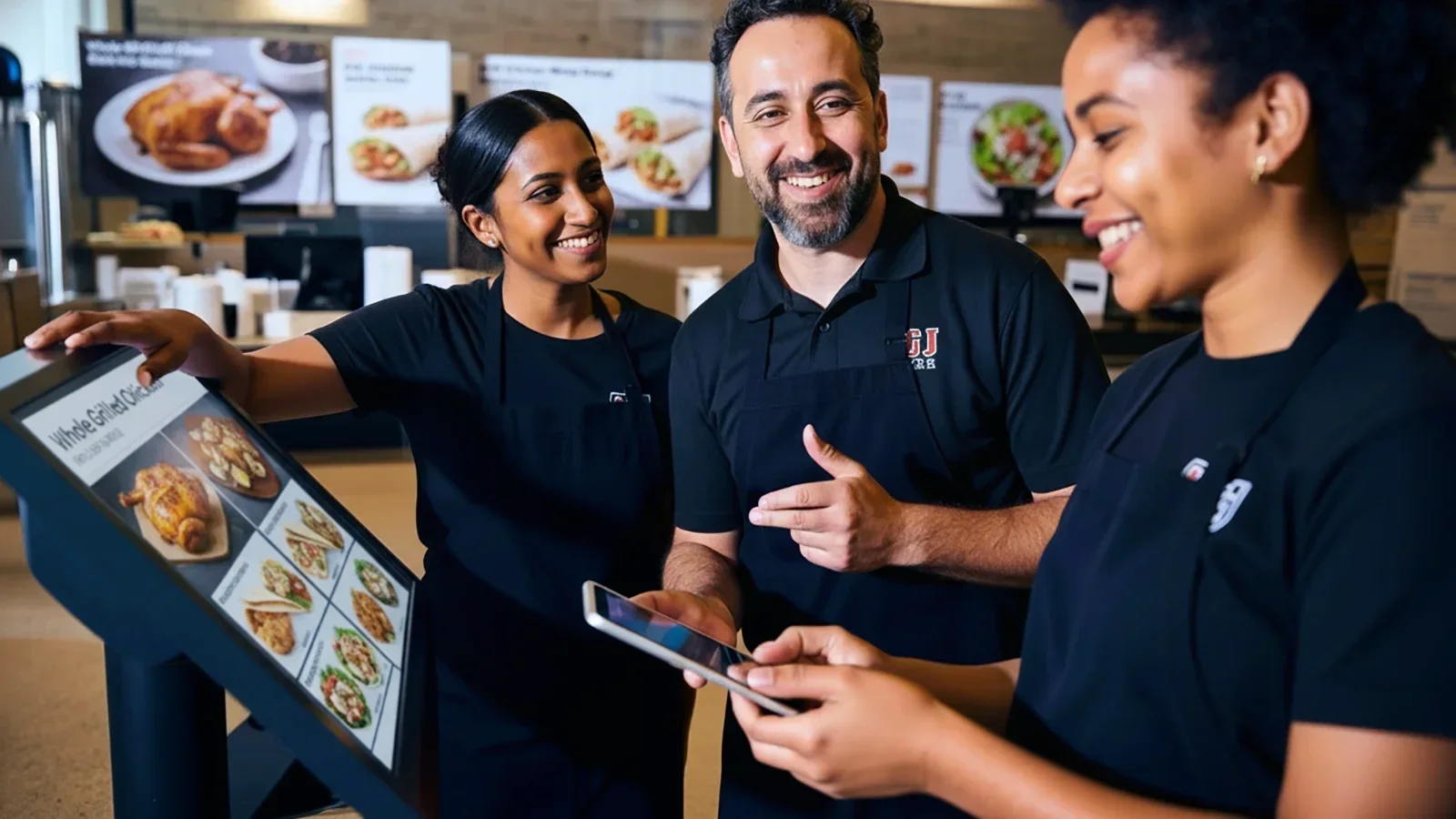AI Models Told To Keep Its Mitts Off Aussie Ideas As Govt Reject Data Mining Exemption
Published

The Australian government’s refusal to allow Generative AI to have unfettered access to creative works shows a prioritisation for human originality.
When the Albanese Government announced it would reject a Text and Data Mining (TDM) exception to copyright law this week, according to the ABC, giving musicians, design studios, artists, writers, filmmakers, marketing agencies, the chance for a loud sigh of relief.
The government has taken a stance that creative work isn’t allowed to be taken as raw material for algorithms without consent. In the infancy age of generative AI it’s smart economic policy because in the coming decade, the companies that win won’t be those that generate the most content but the ones that deliver the kind of quality that still needs a human behind it.
The policy that put humans back in the loop
For months, the tech sector lobbied hard for a carve-out that would let AI systems scrape creative content (songs, scripts, designs, images) without explicitly asking. The logic behind the request for theft was that Australia needed a TDM exception to keep up with global innovation. Code, some would say, for America does it so why can’t we?
Attorney-General Michelle Rowland disagreed and said that copyright isn’t a barrier to progress but the foundation of it. “The Government stands behind Australia’s creative industries and, by ruling out a Text and Data Mining Exception, is providing certainty to Australian creators,” said Attorney-General Rowland in a release.
Without protection, creative work becomes a free training dataset, stripping away the very incentive structure that fuels cultural and economic growth.
“Artificial Intelligence presents significant opportunities for Australia and our economy, however it’s important that Australian creatives benefit from these opportunities too,” Rowland says.
Industry bodies like the Australian Recording Industry Association (ARIA) saw the decision as a turning point, and thousands of creative businesses breathed a sigh of relief that original ideas still carry contractual and commercial weight. And that the people who make them can continue to own them.
A layer of protection for creative employers
The ruling doesn’t just affect sole trading songwriters and artists, it’s a sandbag against the AI floodwaters for every business that relies on original thinking, like designers, copywriters, developers, brand strategists, photographers.
On the flipside, if your team uses AI tools trained on copyrighted material, you’re not just experimenting, you may be inadvertently licensing risk. The grey zone around AI-generated content means that without clear policies, an employee could upload a client’s assets into a tool that doesn’t guarantee data privacy, or generate work that mirrors protected material.
Forward-thinking employers are already responding by updating contracts and NDAs to clarify who owns AI-assisted output. Others are introducing AI governance frameworks, spelling out when and how staff can use generative tools. The smartest are treating this not as compliance, but as brand positioning along the lines of, “We’re an ethical creative company. We protect ideas – ours and yours.”
Human creativity is now a strategic advantage
For years, creativity was seen as a soft skill. Then AI arrived, and the world realised that when machines can produce plausible art, writing, and design at scale, the only true differentiator left is human intent, or the context, taste, and emotion behind the work.
Australia’s creative industries already contribute over $115 billion a year to GDP and employ more than 600,000 people. Protecting creativity is a national economic asset.
AI companies are already cutting licensing deals with creative rights holders, just like record labels, photo agencies, and film distributors did in earlier digital revolutions. That means fairer payment for creators, cleaner datasets for AI models, and stronger foundations for businesses that build on them.
In the next wave of innovation, businesses that know how to combine AI efficiency with human originality will be the ones that thrive. Agencies that can prove their work is human-led, ethical, and legally sound will attract clients who value trust as much as output.
What business owners can do next
1. Audit your tools.
Check where your team’s AI platforms source data and what rights you have over generated content.
2. Update your policies.
Define what “responsible AI use” means for your business. Include it in onboarding and contracts.
3. Lead with your values.
Market your originality as a strength. Clients are increasingly asking how work is made and by whom.
Latest
-
 Read more: How Australia’s Food Capital Is Dishing Up Business Wisdom
Read more: How Australia’s Food Capital Is Dishing Up Business WisdomHow Australia’s Food Capital Is Dishing Up Business Wisdom
Discover what food critic Dani Valent has learned from Melbourne hospitality about profit purpose community and resilience for small businesses…
-
 Read more: The Wage Trend Helping Businesses Find Their Balance
Read more: The Wage Trend Helping Businesses Find Their BalanceThe Wage Trend Helping Businesses Find Their Balance
Wage growth has steadied at 3.4 percent giving Australian employers more predictability on pay while compliance costs rise. Learn how…
-
 Read more: Now Is A Perfect Time To Start Exploring AI
Read more: Now Is A Perfect Time To Start Exploring AINow Is A Perfect Time To Start Exploring AI
Australian small businesses are still early in their AI journey. See why starting now can unlock time savings and a…






















